All Formula 1
FORMULA 1 GRAND PRIX TICKETS
About
One of the biggest and most popular sports in the world, FORMULA 1 is auto racing to the next level across the globe as multiple racing events, called Grand Prix, are held at major cities around the world.
Bursting with excitement and exhilaration, Formula One is a sport like no other. As the highest class of international single-seater auto racing, F1 has marked its place as one of the premier forms of racing in the world. Formula is derived from the fact all drivers need to adhere to specific rules to race.
Formula 2 and Formula 3 racing also exist, where Formula 2 is the second-tier before Formula 1, and Formula 3 is a third-tier that can lead to Formula 2 then Formula 1. Formula 3 is known as a major stepping stone for amateur drivers who want to build a professional career in auto-racing.
It’s a big investment in a driving career and provides a path of success for young drivers. One of the best F1 drivers, Lewis Hamilton also began his career through the F3 to F1 path and currently holds the record for the most wins in Formula 1.
A Formula 1 season consists of multiple races, each called a Grand Prix, held in a different major city globally. Grand Prix is French for Grand Prize and winning a Grand Prix is a truly outstanding achievement.
Every Grand Prix is held on specific circuits or closed out roads over a few days and garner millions of peoples attention. Every Grand Prix is an exciting and adrenaline-pumping event filled with noise and shouts as the cars race down the track.
Highest Class of Auto Driving
Formula One drivers are incredibly experienced at lightning-paced car racing and they must all hold a valid Super License; a license of the highest class for driving. The Formula 1 cars themselves are also a feat of technology which depend on advanced aerodynamics, electronics and the use of hybrid engines.
The race usually begins with a warm-up lap, also called the formation lap, then the drivers assemble in their designated places to begin the race.
These designated places are decided during three qualifying races, where the first qualifying race (Q1) finds the five slowest drivers to allocate them on the last five spots on the starting grid, the second qualifying race (Q2) finds the next five slowest drivers to allocate them the following last five spots on the grid and the final qualifying race (Q3) the last ten drivers compete to get the best spot on the starting grid by aiming for their fastest lap time in fifteen minutes.
These qualifying races can often be just as exciting as the race itself as crowds watch their favourite drivers aim for the highest spot on the starting grid, which can often show an indication of who is a contender for the top three drivers.
Once the race starts, the winner is crowned once they have finished a certain number of laps and come in first. The number of laps to win the race has varied throughout the history of Formula 1 but the race cannot exceed two hours.
The number of laps is generally figured out based on the smallest number of laps a driver needs to race to reach over 305km (with an exception for the Monaco Grand Prix which is 260.5km). This means that the number of laps will vary based on the track and location of where the Grand Prix is held.
As you watch the Grand Prix, you’ll see drivers throughout the race make pit stops to make some adjustments. Some of these adjustments include changing tyres, adjusting electronics and other maintenance tasks to keep the driver and the car in tip top shape for the race. When the race ends, the first, second and third best can climb the podium and bask in the glory of winning the highest class of auto-racing.
A Global Sport
You might recognise some of the upcoming Formula One locations and you also might not. Since 2008, the Formula One group has been trying to expand its global reach by holding races in other countries they have not before.
Some of these new countries that now hold a Grand Prix include Russia, Saudi Arabia and Azerbaijan.
Most circuits for Formula One racing are specially designed and made for the race at their locations but there are cities that have street circuits. This is where public roads and streets are closed off to the public for the event and the drivers are tasked to drive through them as part of the race.
The current street circuits include Melbourne, Sochi (Russia), Monaco (known as the Monte Carlo circuit for mainly being in this area of Monaco), Singapore and Baku (Azerbaijan).
The Most Expensive Sport
Formula One is known as the most expensive sport. A Formula One vehicle itself costs around $12+ million dollars to make, fuel can cost over $500,000 per season and each team has up to 1000 staff members on hand for in a season such mechanics, engineers, strategists; who are all the best the team can buy.
The cars have also only gotten more expensive as each car is unique and have slight differences in build. This sport is not something many people can afford to get into as the annual cost of running a mid-tier team averages at US$120 million dollars.
Although other sports may have winners receive prize money, Formula One drivers do not. They are paid salaries by the team they drive for, which are often huge brands such as Mercedes, Red Bull and Ferrari that sponsor and invest into the team.
Drivers alone can make over $50 million dollars per year so not getting a cash prize is likely the least of their concern. Each race brings in a lot of revenue, an estimate of between $100 million and $140 million, which is shared with the teams.
The Grands Prix are most popular for bringing in big crowds in the host cities, and being a great driver for tourism as people travel to Grand Prix cities to watch the race.
How can I book my tickets for the Australia Formula 1 Grand Prix?
You can check out our website regarding availability whether you are looking for Formula 1 Grand Prix tickets in Australia. For more information on pricing, position of seats available and dates, check our FAQ section on The Ticket Merchant website today! Feel free to contact us if you have any further questions.


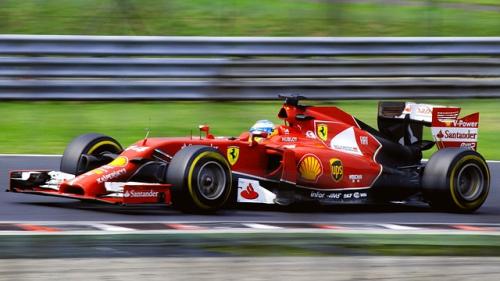
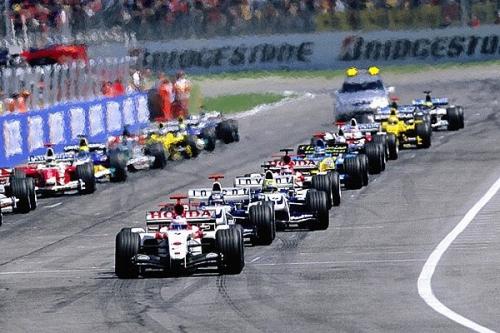
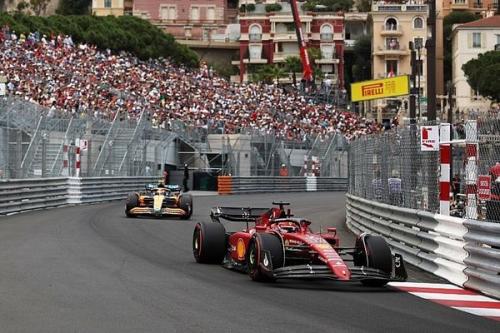
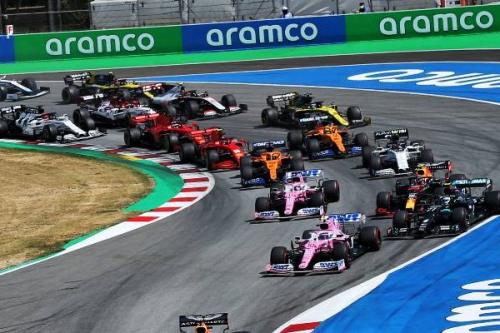
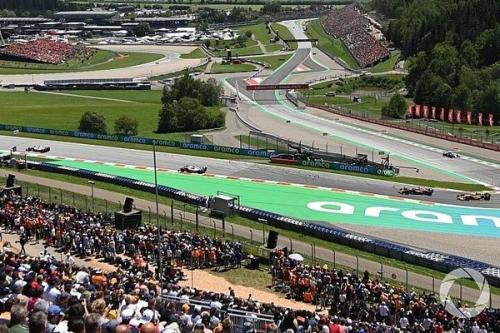









Login and Registration Form
New here?
Create an Account